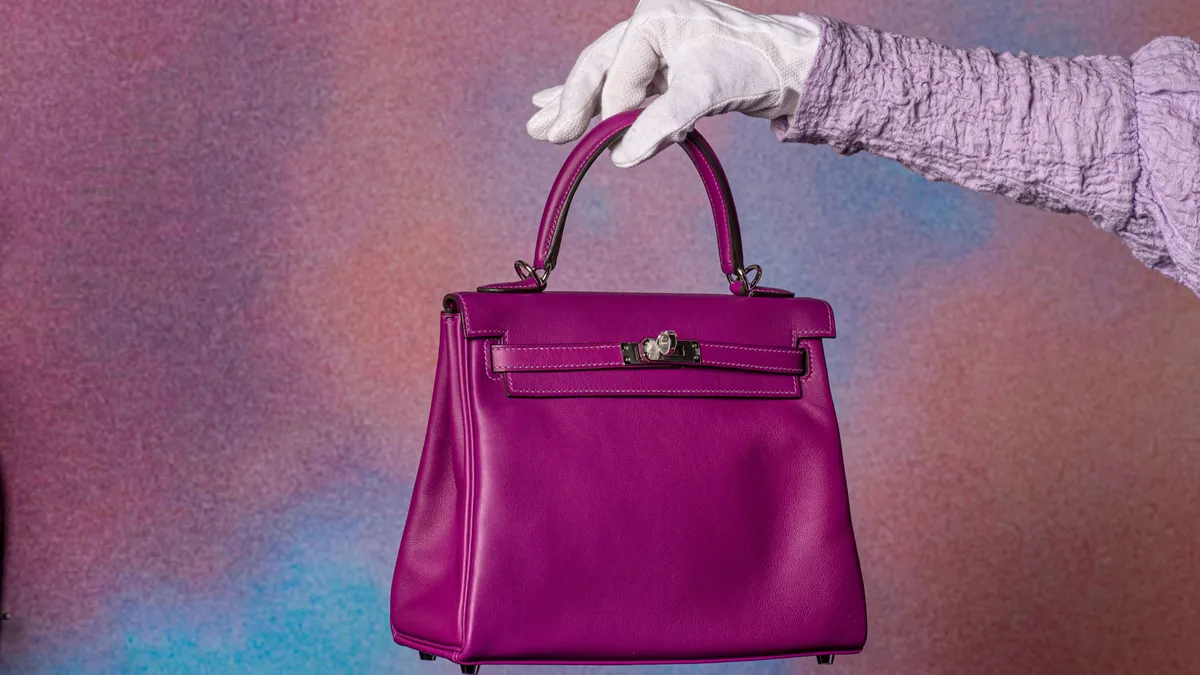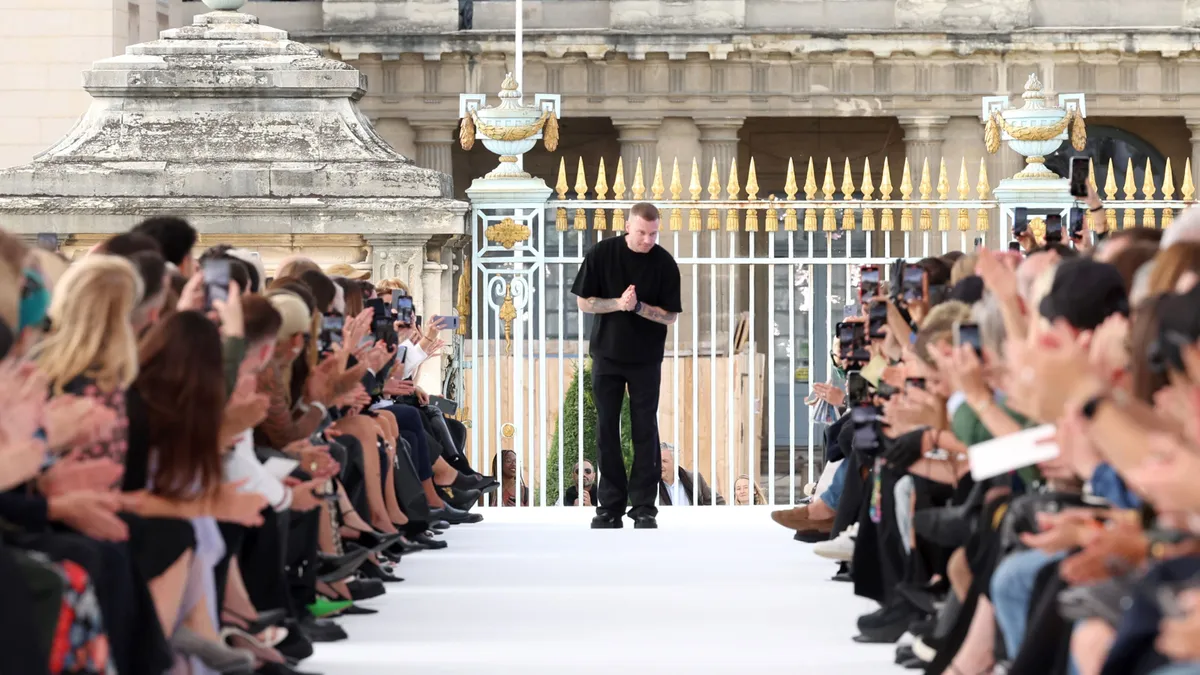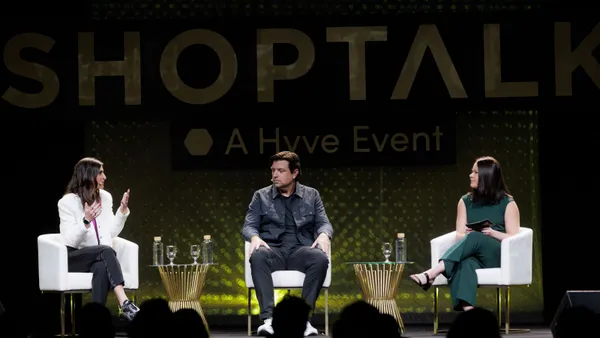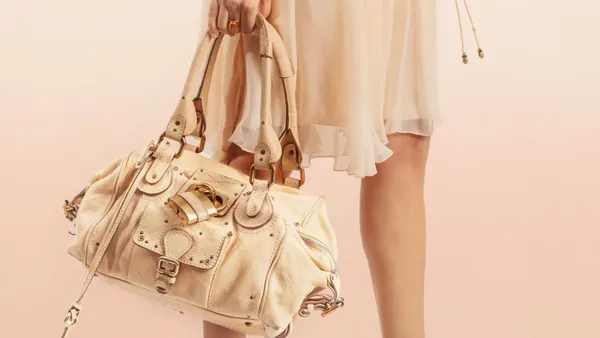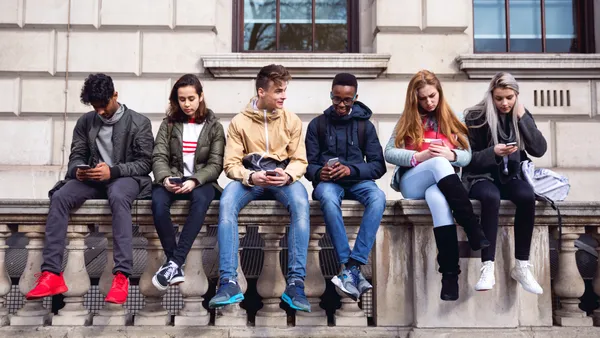Dive Brief:
- Fast fashion brands dominated holiday sales throughout November as luxury apparel purchases continued to slide, according to a Dec. 4 report from Earnest Analytics credit card data.
- The data, which the company said is based on millions of U.S. accounts, shows that sales of luxury apparel were down 13% year over year for U.S. domestic online and in-store sales between Nov. 1 to Nov. 29. Earnest attributed the decline to aspirational shoppers' continued reluctance to spend on expensive apparel.
- The biggest winner for the period was Shein, which saw a 25% year-over-year increase for the period. Athleticwear brand Lululemon came in second, with a 6% boost over last year, while American Eagle and Abercrombie & Fitch were up 4% and 3%, respectively.
Dive Insight:
Apart from fast fashion, the rest of the apparel market had a sluggish November, according to the report. General apparel and fashion resale dropped 7% and 6%, respectively, while activewear and athleisure sales were each down by 1%. At retail, mid-tier department stores reported a decrease of 10% year over year.
Overall Black Friday to Cyber Monday sales increased 1% year over year, according to the report, with online marketplaces including Amazon showing the strongest gains.
“Black Friday and Cyber Monday growth was the slowest we’ve seen in years this season, with home and luxury retailers being particularly challenged,” Michael Maloof, head of marketing, Earnest Analytics, said in an email to Fashion Dive. “Online Marketplace sales were a lone bright spot of growth that offset otherwise negative year on year trends. Shein also stood out, outperforming other major apparel brands with double digit growth.”
November holiday sales at Nordstrom were down 11%, while sales at Target and Macy’s dipped 12% and Nordstrom dropped 13%, per the report. Meanwhile, sales at luxury reseller The Real Real were down 20%, and sales at embattled online luxury marketplace Farfetch were down 22%.
“These Black Friday and Cyber Monday trends definitely do not bode well for the rest of the holiday shopping season, which in aggregate is down from year ago levels,” said Maloof.
While there had been an uptick in consumer sentiment and spending earlier in the year, that seems to have taken a step back thus far in the holiday season, according to analysts.
“Going into the holiday season we've seen that [optimism] dial back,” Chad Lusk, managing director at Alvarez & Marsal consumer and retail group, said in an email to Fashion Dive. “We've seen some snapback in overall consumer sentiment. But pointedly it’s still at a better place than this time last year. So there hasn't been a full retreat to high degrees of conservative spending or pessimism or lower sentiment from last year. But it’s definitely lower than the spring season.”
In contrast to the outlook from Earnest, the National Retail Federation painted a different picture. The NRF, which defines the holiday season as Nov. 1 through Dec. 31, has forecast that holiday spending is expected to reach record levels and will grow between 3% and 4%, totaling $957.3 billion to $966.6 billion.


